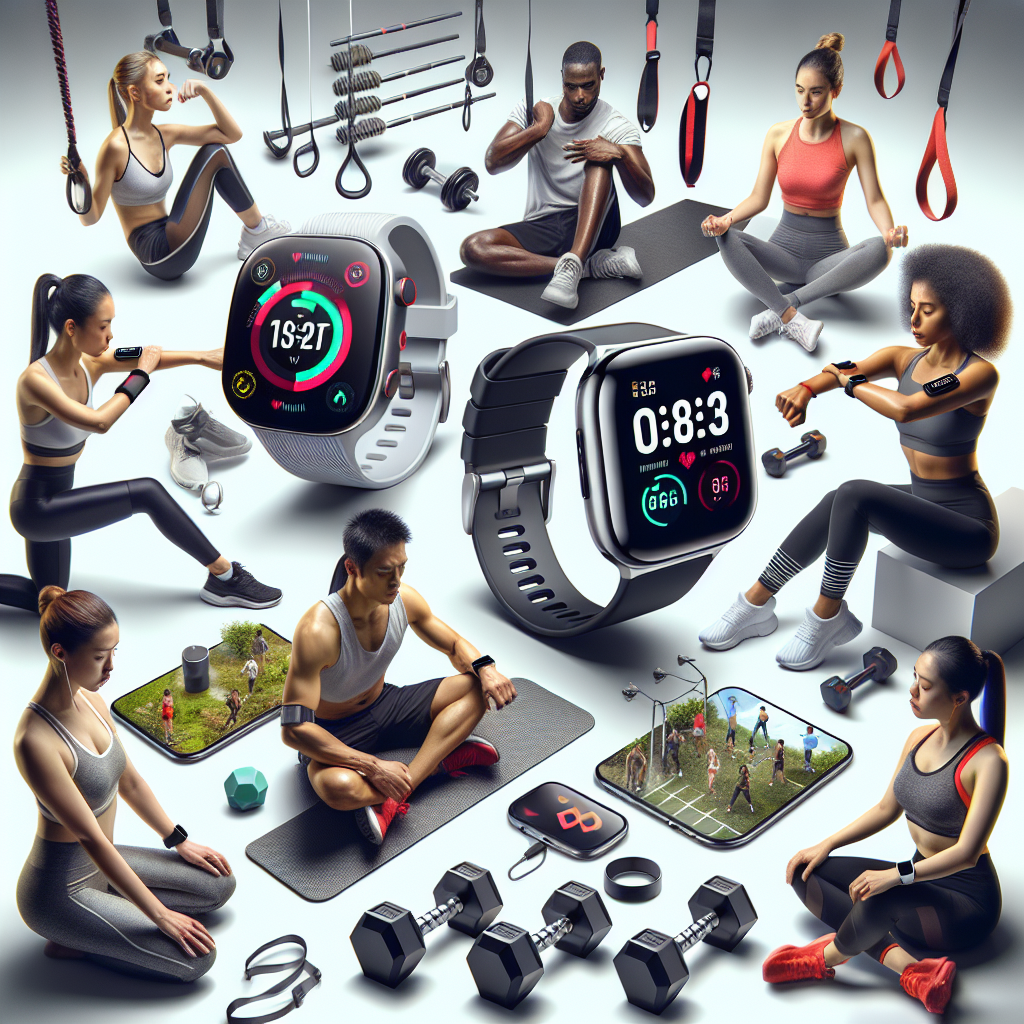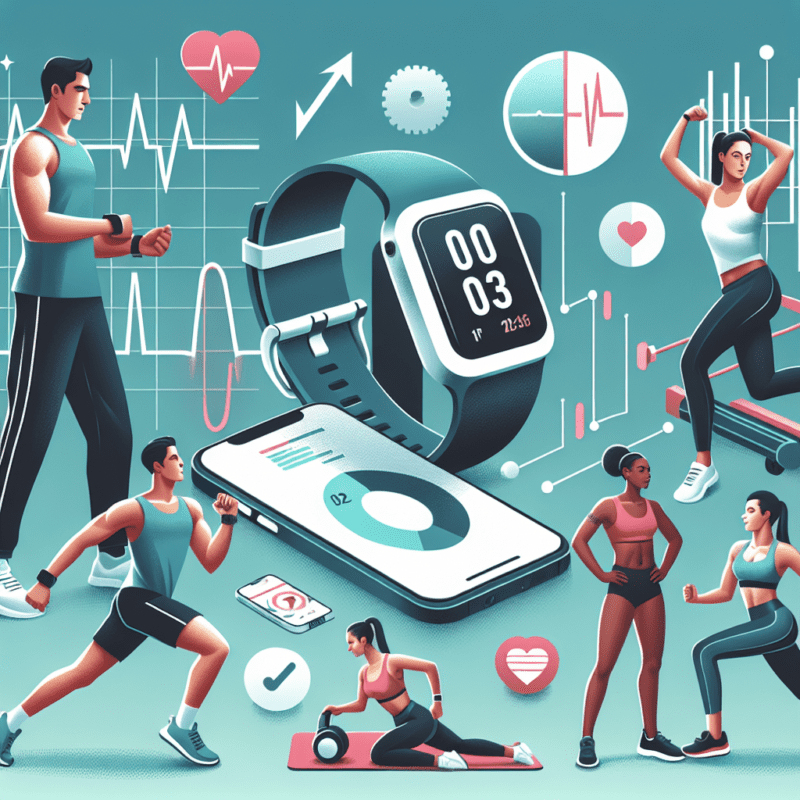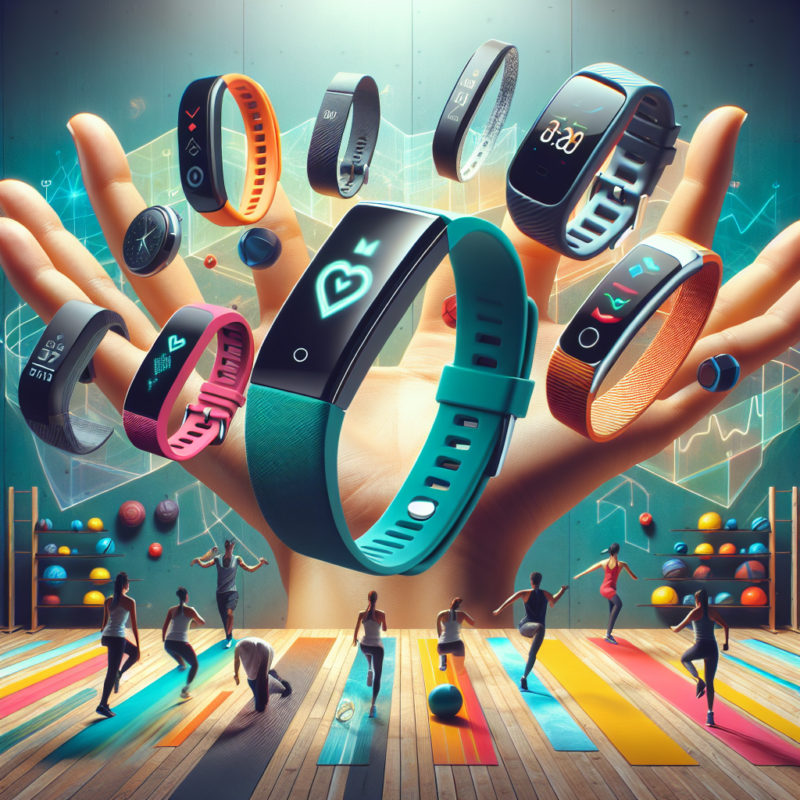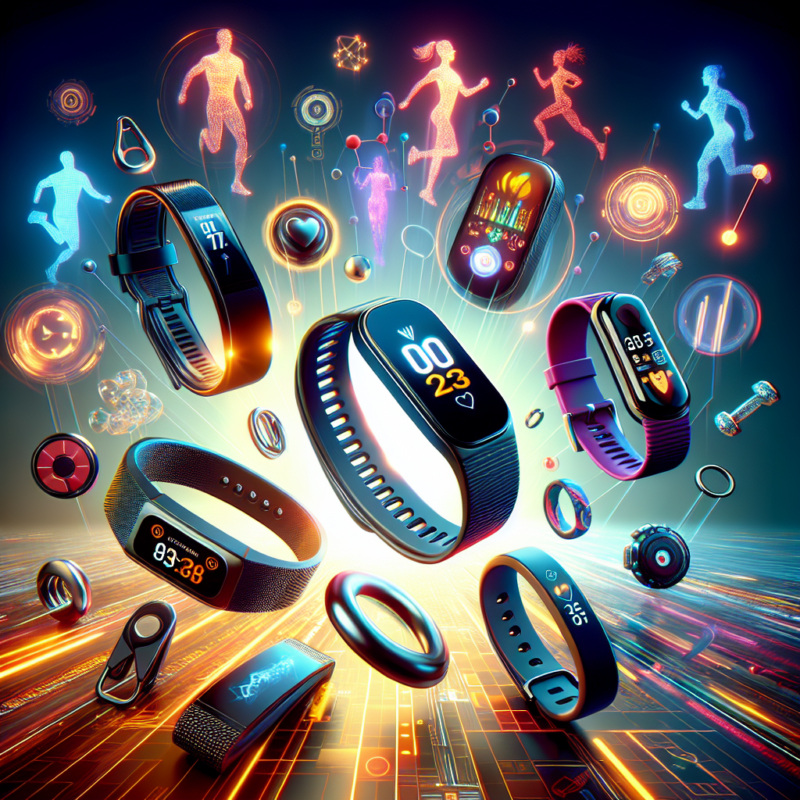Introduction
In today’s technology-driven world, wearable fitness tech has emerged as a popular tool for individuals looking to track their health and achieve personal fitness goals. With an abundance of options available, choosing the right device can feel overwhelming. Whether you’re a seasoned athlete or a beginner on a fitness journey, finding a wearable fitness tracker that aligns with your specific objectives is crucial. In this comprehensive guide, we’ll explore the various types of wearable fitness tech and provide you with practical tips on how to select the right device for your personal fitness goals.
Understanding Wearable Fitness Tech
Wearable fitness tech encompasses a wide range of devices, including fitness trackers, smartwatches, heart rate monitors, and smart clothing. Each of these devices offers unique features that cater to different fitness needs. For instance, fitness trackers primarily focus on tracking physical activity metrics such as steps taken, calories burned, and sleep patterns. Conversely, smartwatches combine fitness functions with smartphone capabilities, allowing users to receive notifications, respond to messages, and access apps while on the move.
Moreover, the evolution of wearable tech has paved the way for advanced monitors that provide insights into more specific health metrics, including heart rate variability, oxygen saturation, and even stress levels. This diversity means that whatever your fitness aspirations—be it weight loss, muscle gain, improving cardiovascular health, or enhancing athletic performance—there is a wearable device designed to meet those exact needs.
Identifying Your Fitness Goals
Before selecting a wearable device, it’s essential to clearly define your fitness goals. Are you looking to lose weight, improve endurance, or simply lead a healthier lifestyle? Understanding your objectives can significantly narrow down your choices. For instance, if weight loss is your primary goal, a fitness tracker that emphasizes calorie counting and activity logging may be more beneficial than a smartwatch with more features but lacks detailed fitness analytics.
Setting SMART goals—Specific, Measurable, Achievable, Relevant, and Time-bound—can also help clarify what you want to accomplish. For example, a goal might be to run a 5K in under 30 minutes within three months. This specificity enables you to choose a device that tracks running metrics such as pace, distance, and heart rate, which are pivotal in monitoring your progress toward that goal.
Key Features to Look for in Wearable Fitness Tech
When shopping for wearable fitness tech, several key features should be considered to ensure the device fits your lifestyle and meets your fitness objectives. One of the fundamental features is activity tracking capabilities. Look for devices that monitor various activities, whether it be walking, running, cycling, or swimming. A multi-sport mode can be particularly useful for individuals who engage in various physical activities.
In addition to basic activity tracking, important metrics such as heart rate monitoring, sleep tracking, and GPS capabilities are integral to many users. Continuous heart rate monitoring can help you stay in your targeted training zone, while advanced sleep analytics can provide insights into your sleep quality and overall recovery. Furthermore, GPS functionality is key for outdoor activities, as it allows you to accurately track your routes without needing your phone.
Lastly, consider battery life and device compatibility. Depending on your usage, a device that offers longer battery life can be more convenient, especially for those who engage in extended activities or dislike frequent charging. Additionally, ensure the wearable tech you choose is compatible with both Android and iOS devices for seamless integration with your smartphone.
The Importance of User Experience and Design
User experience and design play critical roles in the selection of wearable fitness tech. A device should not only be functional but also comfortable for daily wear. Consider the weight, band material, and overall size of the device—especially if you plan to wear it 24/7. Many devices come in various styles, from sleek smartwatches to lightweight bands, ensuring that you find one that suits your aesthetic preference while providing maximum comfort.
Additionally, the interface and ease of navigation should not be overlooked. A user-friendly app that connects to your wearable is vital for tracking progress and personalizing your fitness programs. Prioritize brands known for their intuitive applications and strong customer support, as these factors can greatly enhance your overall experience.
Moreover, consider the community aspect of wearable fitness tech. Many popular devices come with built-in community features that allow you to share your workouts and achievements. This social element can provide motivation and help you stay accountable to your fitness goals through challenges and group activities.
Price and Value Considerations
When it comes to wearable fitness tech, price can vary significantly based on features, brand reputation, and technology integration. It’s important to set a budget that reflects your willingness to invest in your fitness journey while also considering what you truly need from a device. Higher-priced models usually come with advanced features such as advanced biometric sensors, music storage, or cellular connectivity, but these may not be necessary for everyone.
Here, the concept of value for money becomes essential. It’s about determining whether the features offered justify the price tag. To assess this, consider conducting thorough research—reading reviews, comparing specifications, and understanding the long-term benefits of investing in a particular model. Often, mid-range devices offer robust functionality without breaking the bank and may serve you just as well as their premium counterparts.
Finally, don’t overlook warranty and return policies when making your purchase. A robust warranty can provide peace of mind, while a flexible return policy can ensure you have the chance to test the device thoroughly before committing.
Staying Motivated with Wearable Fitness Tech
Beyond tracking and monitoring, wearable fitness tech can play a pivotal role in keeping users motivated on their fitness journey. Features such as reminders for activity, personalized coaching prompts, and gamification aspects can make workouts more engaging. Many devices allow users to set daily and weekly activity goals, helping them to stay focused on their progress.
Incorporating challenges, rewards, and social sharing into your routine can significantly enhance motivation. For example, some fitness trackers feature leaderboards that allow you to compete with friends or local community members, creating a healthy competition that drives participants to meet their activity goals.
Furthermore, the integration of wellness and mindfulness features in wearable fitness tech helps promote a holistic approach to fitness. Many modern devices now include meditation sessions, breathing exercises, and stress level tracking, which can be beneficial for overall health and wellness. This wider perspective ensures that users look at fitness not just as physical activity but as a broader lifestyle choice.
Conclusion
Choosing the right wearable fitness tech requires careful consideration of your personal fitness goals, the specific features you need, and how the device integrates into your daily life. With numerous options on the market, it’s essential to do your research and focus on the aspects that are most important for achieving your desired outcomes. By understanding your fitness aspirations, evaluating key features, assessing design and usability, and considering price versus value, you will be well on your way to finding a device that not only tracks your progress but also motivates you to reach new heights in your fitness journey.
FAQs
What are the main types of wearable fitness tech?
There are several main types of wearable fitness tech, including fitness trackers, smartwatches, heart rate monitors, and smart clothing. Each type offers different features that cater to various fitness needs, from basic activity tracking to more comprehensive health metrics.
How can I determine my fitness goals?
To determine your fitness goals, consider employing the SMART criteria—Specific, Measurable, Achievable, Relevant, and Time-bound. Reflect on what you hope to achieve, whether that be weight loss, muscle gain, or enhanced performance in a specific sport.
What features should I look for in a fitness tracker?
Key features to consider when selecting a fitness tracker include activity tracking capabilities, heart rate monitoring, sleep tracking, GPS functionality, battery life, and device compatibility. Choose a device that offers features best aligned with your fitness objectives.
Is expensive wearable tech worth it?
While high-priced devices often come with advanced features, it’s essential to assess whether these features are necessary for you. Mid-range devices can frequently provide a good balance of functionality and value, so it’s wise to shop based on your actual needs and budget.
How can wearable fitness tech keep me motivated?
Wearable fitness tech can keep you motivated through goal-setting, reminders, personalized coaching, social challenges, and engaging wellness features. These tools encourage users to remain consistent and enthusiastic about their fitness journey.



